The story of the Enoch Cree Nation’s fight to recover unpaid gas royalties, tracing the history of take-or-pay contracts, the discovery of discrepancies in their royalty payments, and the legal battles that have ensued. The hosts explore the role of government agencies like IOGC in investigating the claims, the establishment of the Specific Claims Tribunal, and the mixed success of other First Nations in securing settlements. The episode underscores the broader themes of indigenous rights, economic justice, and the ongoing struggle for reconciliation.
Chapters:
-
Introduction to the Enoch Cree Nation’s Battle for Equitable Gas Royalties (00:00:00) – The podcast hosts introduce the complex story of the Enoch Cree Nation’s fight to recover unpaid gas royalties, setting the stage for a deep dive into the history and legal battles.
-
The Rise of Take-or-Pay Contracts in the Energy Market (00:00:37) – The hosts explain the concept of take-or-pay contracts in the natural gas industry, where companies were obligated to pay for a certain amount of gas even if they couldn’t sell it all.
-
The Enoch Cree Nation’s Royalty Discrepancies (00:01:22) – The hosts describe how the Enoch Cree Nation noticed discrepancies in the royalty payments they were receiving, with a company called Topgas Holdings deducting fees before calculating the royalties.
-
The Legal Battles and Roadblocks (00:02:18) – The hosts discuss how a court ruling found the deductions to be illegal, but many claims faced time limitations, making it difficult for the Enoch Cree Nation and other First Nations to recover the missing royalties.
-
The Role of Indian Oil and Gas Canada (IOGC) (00:03:14) – The hosts explain how the government agency IOGC stepped in to investigate the discrepancies, conducting a detailed analysis to determine the true amount owed to the Enoch Cree Nation.
-
The Specific Claims Tribunal and Recent Settlements (00:06:12) – The hosts discuss the establishment of the Specific Claims Tribunal, which has helped some First Nations, like the Blood Tribe, secure significant settlements for their royalty claims.
-
The Ongoing Struggle for the Enoch Cree Nation (00:07:28) – The hosts note that the Enoch Cree Nation’s case is still ongoing, highlighting the long and complex nature of these legal battles.
In this episode, the hosts dive deep into the story of the Enoch Cree Nation’s battle for unpaid gas royalties. They explore the complex financial arrangements and government agencies involved, as well as the legal challenges the Enoch Cree Nation has faced in trying to recoup the money they are owed.
Key Topics Discussed
- Background on “take or pay” contracts in the energy industry (00:00:41 – 00:01:13)
- How TransCanada Pipelines created a separate entity called Topgas Holdings to handle the financial aspects of these contracts (00:01:27 – 00:01:53)
- The discovery that Topgas was deducting fees from the gas price before calculating royalties owed to the Enoch Cree Nation (00:01:53 – 00:02:09)
- A 1998 court ruling that found these deductions were improper, but many claims were barred by time limitations (00:02:09 – 00:02:32)
- The Enoch Cree Nation’s battle against multiple gas companies to recoup the missing royalties (00:02:46 – 00:03:14)
- The role of Indian Oil and Gas Canada (IOGC) in analyzing the transactions and calculating the amount owed to the Enoch Cree Nation (00:03:21 – 00:04:24)
- Examples of the significant discrepancies found in the royalty payments (00:04:52 – 00:05:16)
- The challenges First Nations have faced in getting these claims addressed through the court system (00:05:48 – 00:06:12)
- The establishment of the Specific Claims Tribunal as a more direct avenue for First Nations to pursue these types of claims (00:06:12 – 00:06:25)
- Examples of successful settlements reached by other First Nations through the Specific Claims Tribunal (00:06:25 – 00:07:01)
- The current status of the Enoch Cree Nation’s ongoing case (00:07:28 – 00:07:38)
Key Terms and References
- “Take or pay” contracts: Prepaid agreements where companies are obligated to pay for a certain amount of a resource, even if they don’t use it all.
- Topgas Holdings Limited: A separate entity created by TransCanada Pipelines to handle the financial aspects of “take or pay” contracts.
- Indian Oil and Gas Canada (IOGC): A government agency that manages oil and gas resources on First Nation lands.
- Specific Claims Tribunal: A special tribunal established in 2008 to allow First Nations to bring claims directly against the government.
- Blood Tribe $17.6 million settlement
- Beaver Lake Cree Nation $2.97 million settlement
- Siksika Nation $5.16 million settlement
Here are some of the best quotes from the transcript:
-
-
“We’re talking about the Enoch Cree nation and their battle for unpaid gas royalties. And trust me, it’s more complicated than it sounds.”
-
“Imagine being the Enoch Cree Nation in all this. They’re the ones with the gas. These companies are obligated to pay for it. But the royalty checks they’re getting just not adding up.”
-
“It’s like going to a restaurant, ordering a meal, agreeing on a price, and then finding out they tacked on this hidden plate rental fee after you’ve already eaten.”
-
“And get this, a, court ruling in 1998 actually found that these deductions were a, no go when it came to calculating First Nation royalties.”
-
“Turns out it wasn’t just one company pulling gas from Enoch Cree Nationland during this whole debacle. Five companies. Talk about a crowd.”
-
“Their analysis showed a pretty big gulf between what the Enoch Cree nation received in royalties and what they should have received.”
-
“IOGC’s analysis basically provided hard proof that the Enoch Cree nation and potentially a whole bunch of other First nations were being seriously shortchanged, man.”
-
“The Blood tribe, for example, fought tooth and nail, and in 2020, 2021, they actually secured a, $17.6 million settlement.”
-


Cast of Characters
- Enoch Cree Nation (ECN): The First Nation whose land contains natural gas reserves, and therefore is due royalty payments on the gas extracted.
- Government of Canada: The federal government has a fiduciary duty to First Nations. In this case, Canada is accused of breaching that duty by allowing the deduction of TOPGAS charges from ECN’s gas royalties.
- Producers: Companies extracting and selling natural gas from reserves located on ECN land, including but not limited to Acclaim, Chevron, CNPC, ConocoPhillips, and Canadian Jorex.
- TransCanada Pipelines Limited (TCPL): The largest gas purchaser in Canada during the period in question, and the main counterparty for take-or-pay gas contracts with producers operating on First Nations reserves. TCPL incurred significant debt and had difficulty fulfilling its contractual obligations due to challenging market conditions in the 1970s and 1980s.
- Canadian Banks: A consortium of Canadian banks, including the Canadian Imperial Bank of Commerce, Royal Bank of Canada, Morgan Bank of Canada, and Citibank Canada, formed an agreement with TCPL to restructure its debt financing and revise its agreements with gas producers.
- TOPGAS Holdings Ltd.: A financing vehicle created by the consortium of Canadian banks to assume some of TCPL’s liabilities and undertake agreements with and pay producers.
- Indian Oil and Gas Canada (IOGC): The federal agency responsible for managing oil and gas resources on First Nations lands. They attempted to address the TOPGAS issue with producers and affected First Nations, and in 1991, demanded that producers recalculate royalties and repay any owed amounts.
- Stoney Tribal Council: A First Nation that initiated a lawsuit against PanCanadian Petroleum in 1993 for deducting TOPGAS and OMAC charges from their gas royalties. This case set a precedent for First Nations seeking compensation for these disallowed deductions.
Uncovering the Hidden Costs of Resource Drainage: The Enoch Cree Nation’s Struggle
Exploring the Impacts of Oil and Gas Extraction on Indigenous Lands
The Enoch Cree Nation, located just west of Edmonton, Canada, finds itself at the heart of a complex issue surrounding resource management and indigenous rights. A recent report delves deep into the concept of “resource drainage,” shedding light on the potential economic and environmental implications for the nation.
Visualizing the Disparity
The report’s maps and charts paint a striking picture, revealing massive clusters of oil and gas wells situated right up against the Enoch Cree Nation’s reserve boundaries. This visual representation highlights a concerning pattern – consistently higher production levels outside the reserve compared to within its borders.
Uncovering the Leduc Pool
At the center of this issue lies the Laduk formation, a massive underground layer of rock packed with oil and gas. This valuable resource sits partially beneath the Enoch Cree Nation’s land, yet the majority of the extraction is happening just outside the reserve’s boundaries.
The Role of Technological Advancements
The report explores how technological advancements in the oil and gas industry, such as directional drilling and hydraulic fracturing (fracking), have enabled companies to access resources from farther away. These techniques allow them to tap into the Laduk formation, even if the well is located outside the reserve, effectively draining the Enoch Cree Nation’s resources.
Decades of Depletion
The data presented in the report suggests that this resource drainage has been an ongoing issue for the Enoch Cree Nation, potentially spanning decades. The longevity of some of the top-producing wells, coupled with the evolving extraction technologies, paints a concerning picture of gradual depletion.
Environmental Concerns
In addition to the economic implications, the report also highlights the potential environmental consequences of this resource extraction. Issues such as groundwater contamination, land subsidence, and induced seismicity pose serious long-term threats to the Enoch Cree Nation’s land and the well-being of its people.
A Call to Action
The report serves as a catalyst for change, urging the need for greater transparency, indigenous involvement, and collaborative decision-making when it comes to resource management. It emphasizes the importance of empowering communities like the Enoch Cree Nation with the knowledge and data necessary to advocate for their rights and make informed decisions about their land and resources.
Towards a Sustainable Future
Ultimately, this report highlights the complex and multifaceted nature of resource extraction on indigenous lands. It calls for a fundamental shift in the way we approach resource management, one that prioritizes the rights, sovereignty, and environmental stewardship of indigenous communities. By fostering dialogue, promoting transparency, and ensuring indigenous voices are heard, we can work towards a more equitable and sustainable future for all.


What are "Take-or-Pay" (TOPGAS) charges and why are they relevant to First Nations in Canada?
“Take-or-pay” contracts obligate natural gas purchasers to pay for a minimum volume annually, even if market conditions prevent them from fully utilizing it. In the context of First Nations claims, TOPGAS refers to the financing and interest charges producers incurred due to these contracts with TransCanada Pipelines. The issue is that from 1982-1994, these charges were wrongly deducted before calculating royalties owed to First Nations for gas extracted from their lands. This practice reduced the royalties rightfully due to these communities.
Why were First Nations exempt from TOPGAS deductions?
A landmark 1998 ruling in the Alberta Court of Queen’s Bench established that TOPGAS charges are not permissible deductions when calculating gas royalties owed to First Nations. This was based on the “fair and reasonable” principle for allowable deductions outlined in the Indian Oil and Gas Act of 1977, which only permitted deductions for processing and transportation costs.
How did the Canadian government respond to the improper TOPGAS deductions from First Nations?
Initially, the Indian Oil and Gas Canada (IOGC) permitted the deduction of TOPGAS charges, following the broader practice applied to all gas producers in Alberta. However, when First Nations opposed these deductions in the late 1980s and early 1990s, the IOGC engaged in negotiations with both First Nations and producers. In 1991, the IOGC officially declared that TOPGAS charges were not deductible from First Nations’ royalties and demanded producers recalculate and repay the owed amounts.
Did gas producers comply with the IOGC's demand to recalculate royalties?
No, various discussions and negotiations between the IOGC and gas producers failed to resolve the issue. Producers argued that the TOPGAS charges were legitimate deductions and refused to recalculate past royalties or cease deducting these charges from ongoing royalty payments.
Did the "Stoney Tribal Council v. PanCanadian Petroleum" case impact the TOPGAS issue?
Yes, significantly. Initiated in 1993 by the Stoney Tribal Council against PanCanadian Petroleum, the lawsuit challenged the deduction of both TOPGAS and Operating, Marketing, and Administrative Charges (OMAC) from royalties. The 1998 ruling in favor of the Stoney Tribal Council confirmed that both TOPGAS and OMAC were disallowed deductions, setting a precedent and forcing IOGC to audit and recover owed royalties from producers.
What role does the Specific Claims Tribunal play in TOPGAS claims?
Established in 2008, the Specific Claims Tribunal provides First Nations a legal avenue to pursue claims directly against the Canadian government for breaches of its fiduciary duty. This has allowed numerous First Nations to file claims regarding the government’s failure to prevent and address disallowed TOPGAS and OMAC deductions, resulting in several settlements.
Have any First Nations received settlements for their TOPGAS claims?
Yes, numerous First Nations have achieved settlements through the Specific Claims Tribunal. For example, the Blood Tribe negotiated a settlement of $17,600,000 in 2020/2021 for TOPGAS charges between 1977 and 1994. Similarly, the Beaver Lake Cree Nation accepted a $2,974,794 settlement in 2020, and the Siksika Nation secured $5,162,198 in 2022.
What is the Enoch Cree Nation's claim regarding TOPGAS deductions?
The Enoch Cree Nation (ECN) has yet to reach a settlement with Canada regarding unpaid TOPGAS royalties. Between 1982 and 1994, five producers extracted gas from ECN lands, and the IOGC’s own calculations from 1990 indicate significant potential underpayment due to TOPGAS deductions. The ECN, with support from GuildOne’s data analysis, is actively pursuing its claim for the recovery of these owed royalties.
Impact of the Stoney Decision on TOPGAS Calculations
The 1998 ruling in Stoney Tribal Council v. PanCanadian Petroleum had a profound impact on the calculation of TOPGAS charges related to First Nations gas royalties. Before this landmark decision, the legality of deducting TOPGAS financing and interest fees from gross gas revenues before calculating royalties owed to First Nations was a point of contention. The Stoney case, however, established a clear legal precedent that significantly altered how these calculations were to be performed.
The Court’s Decision and its Immediate Effects
In Stoney, the Alberta Court of Queen’s Bench ruled that both TOPGAS charges, stemming from TransCanada Pipelines Limited’s (TCPL) debt restructuring, and Operating, Marketing, and Administrative Charges (OMAC) were not permissible deductions from royalties owed to First Nations. [1] This ruling effectively meant that deducting these charges before calculating the royalty share due to First Nations was unlawful. [1]
The court ordered a recalculation of royalties for the period from 1983 to 1993 and mandated the payment of the previously withheld amounts to the Stoney Tribal Council. [1] This decision had immediate implications for the oil and gas industry operating on First Nations lands and for the government agencies responsible for overseeing royalty payments.
Long-Term Impacts and Increased Scrutiny
While the Stoney ruling directly addressed the period from 1983 to 1993, its impact extended far beyond those specific years. [1] First, it set a legal precedent that challenged the legitimacy of past TOPGAS deductions, potentially opening the door for other First Nations to seek compensation for similar underpayments.
Second, this case, along with other legal challenges, contributed to a broader movement to revise the Take-or-Pay Cost Sharing Act. [2] This Act, enacted in 1986, had inadvertently provided legal cover for deducting TOPGAS charges from First Nations royalties, despite conflicting with the Indian Oil and Gas Act of 1977. [3, 4] The 1995 revision of the Act aimed to address this discrepancy, clarifying permissible deductions and strengthening the protection of First Nations’ royalty rights. [2]
Third, the Stoney decision, alongside the Alberta Court of Appeal’s 2000 ruling upholding the disallowance of TOPGAS and OMAC deductions, prompted increased scrutiny from Indian Oil and Gas Canada (IOGC). [5, 6] IOGC began conducting more frequent audits of the charges applied to royalty calculations. [6] This enhanced oversight contributed to the recovery of owed royalties, ensuring greater compliance from producers and reinforcing the principles established in the Stoney case. [6]
TCPL’s Financial Struggles and the TOPGAS Controversy
TransCanada Pipelines Limited’s (TCPL) financial difficulties in the 1970s and 1980s played a significant role in the emergence of the TOPGAS controversy. Adverse market conditions during this period, including production oversupply, government-regulated gas pricing, and weakened consumer demand, resulted in substantial prepayment liabilities for TCPL due to its take-or-pay contracts with gas producers. These contracts mandated TCPL to purchase a certain volume of gas annually, irrespective of the actual market demand [1].
In 1982, facing mounting financial pressure and obstacles in securing further debt financing, TCPL entered into a restructuring agreement with a consortium of Canadian banks. This agreement led to the creation of TOPGAS Holdings Ltd., a separate entity designed to shoulder some of TCPL’s liabilities and manage agreements with gas producers [1, 2]. This restructuring, while aiming to stabilize TCPL’s financial standing, had unforeseen consequences for First Nations.
To offset the costs associated with TOPGAS Holdings Ltd., including financing and interest charges, gas producers began deducting these charges from their revenue before calculating and paying royalties to First Nations [3, 4]. This practice of deducting TOPGAS charges, along with other Operating, Marketing, and Administrative Charges (OMAC), continued even though it contradicted the Indian Oil and Gas Act of 1977, which permitted only “fair and reasonable” processing costs as deductions from First Nations’ gas royalties [5].
This situation sparked the TOPGAS controversy. First Nations argued that the deduction of TOPGAS charges from their royalties was unlawful and deprived them of rightfully earned income from resource development on their lands [3]. Their claims were further strengthened by a 1998 ruling in the Alberta Court of Queen’s Bench, which determined that deducting TOPGAS charges when calculating gas royalties owed to First Nations was not permissible [6, 7].
The sources illuminate how TCPL’s financial struggles, coupled with the creation of TOPGAS Holdings Ltd. and the subsequent deduction of associated charges from First Nations’ royalties, ignited the TOPGAS controversy. This controversy underscores the broader issue of ensuring equitable benefit-sharing and upholding the rights of First Nations in resource development projects that affect their traditional territories.
EXPORT TAX Claim Research & Analysis
Summary: The podcast explores a potentially multi-billion dollar tax claim by the Enoch Cree Nation against the Canadian government related to an oil export tax from the 1970s and 1980s. The claim is based on concerns about the legality and fairness of the tax, which...
Take or Pay Gas TOPGAS Claim Research
The story of the Enoch Cree Nation's fight to recover unpaid gas royalties, tracing the history of take-or-pay contracts, the discovery of discrepancies in their royalty payments, and the legal battles that have ensued. The hosts explore the role of government...
ENOCH CREE NATION Environmental Liabilities
Summary: The podcast episode delves into a comprehensive report on the hidden environmental costs of resource extraction, particularly the issue of abandoned and neglected oil wells in Alberta, Canada. The discussion highlights the disproportionate impact on...
ENOCH CREE NATION Resource History Research & Analysis
Summary: The podcast episode explores a detailed report on the resource history of the Enoch Cree Nation lands, which were surrendered in the early 1900s. The hosts delve into the complex story revealed by the report, including the early oil and gas exploration and...
ENOCH CREE NATION 1908 Surrender Research & Analysis
Summary: The podcast episode explores a detailed report on the resource history of the Enoch Cree Nation lands, which were surrendered in the early 1900s. The hosts delve into the complex story revealed by the report, including the early oil and gas exploration and...
ENOCH CREE NATION Data Science & Project Overview
Summary: The podcast episode explores the remarkable work of the Enoch Cree Nation, who are using data analysis to uncover a range of issues related to resource extraction on their traditional lands. From potential underpayment for resources to environmental impacts...
ENOCH CREE NATION Claims Background & Research Report
Summary: The podcast episode provides an in-depth analysis of a research report on the ENOCH Cree Nation's potential resource management claims. The report uses a data-driven approach to uncover a range of historical financial discrepancies and potential injustices,...























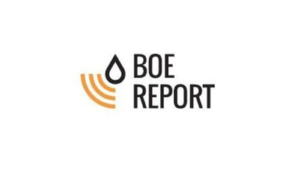
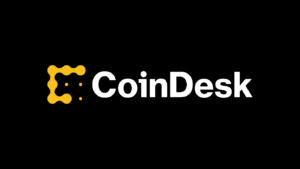
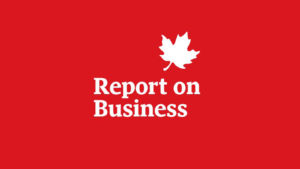

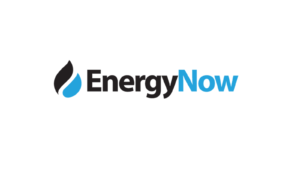
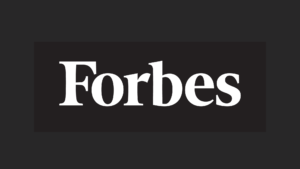
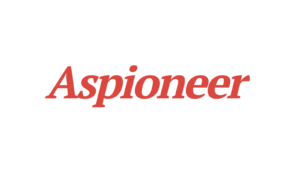


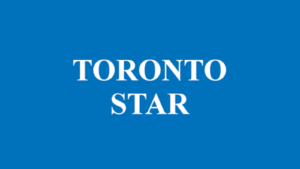



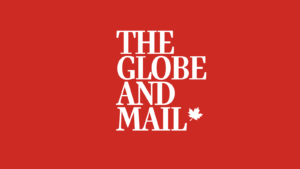
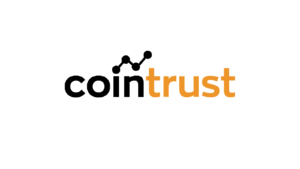
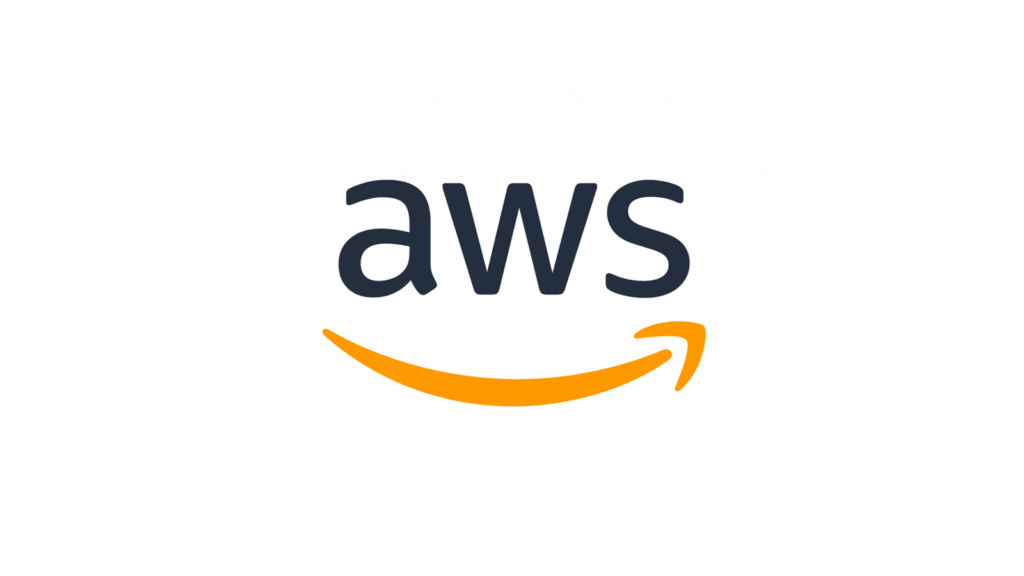
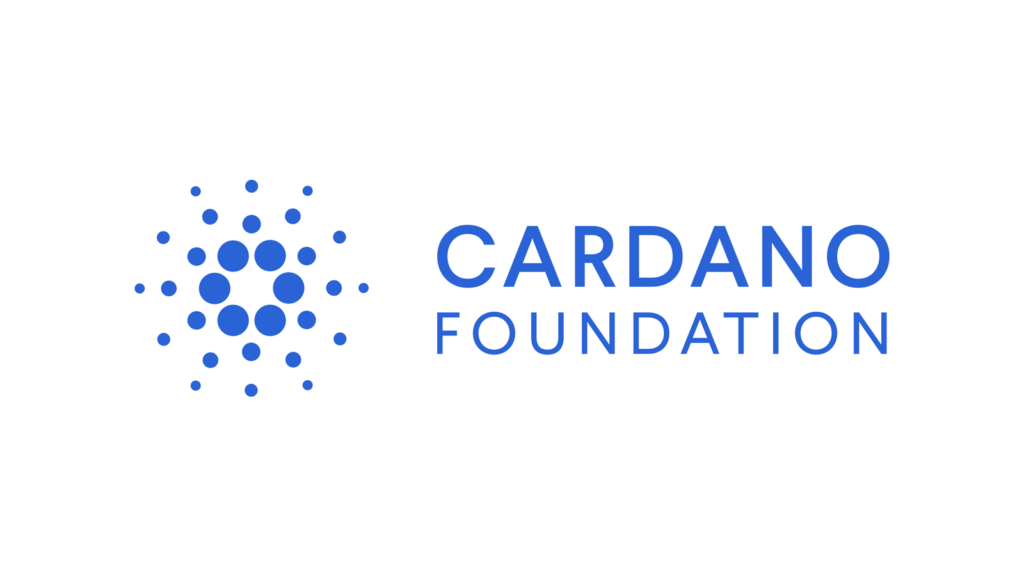
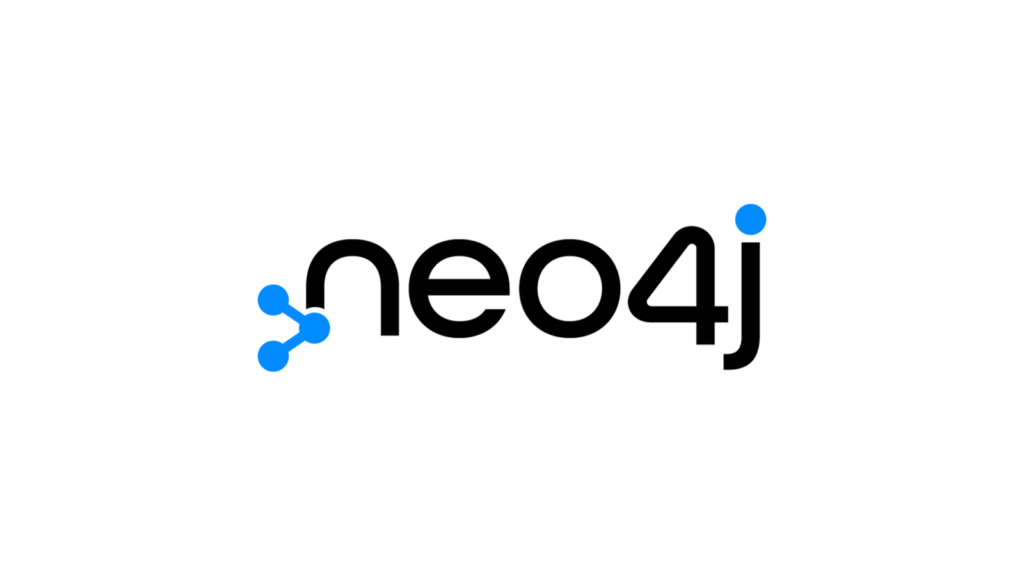
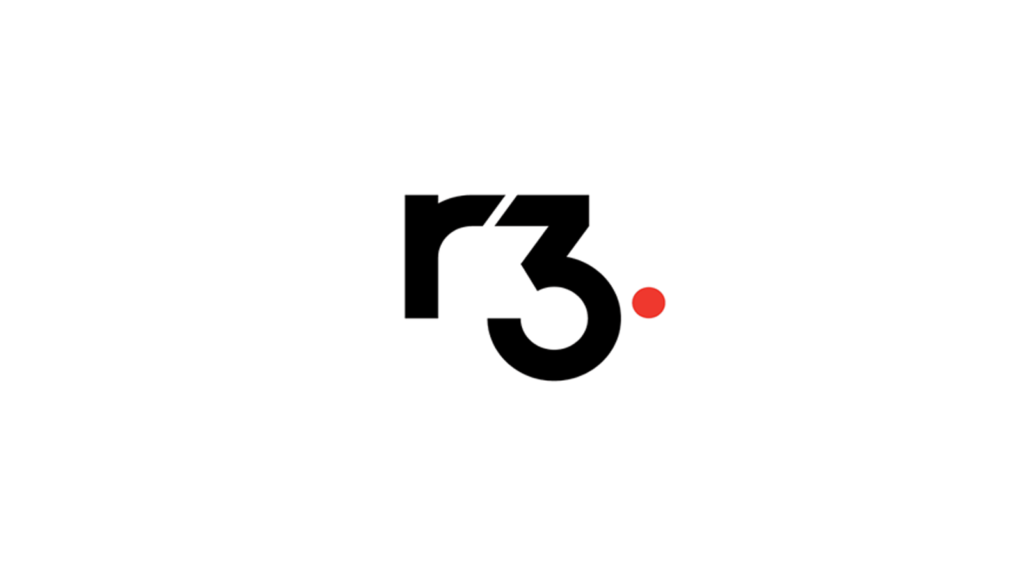
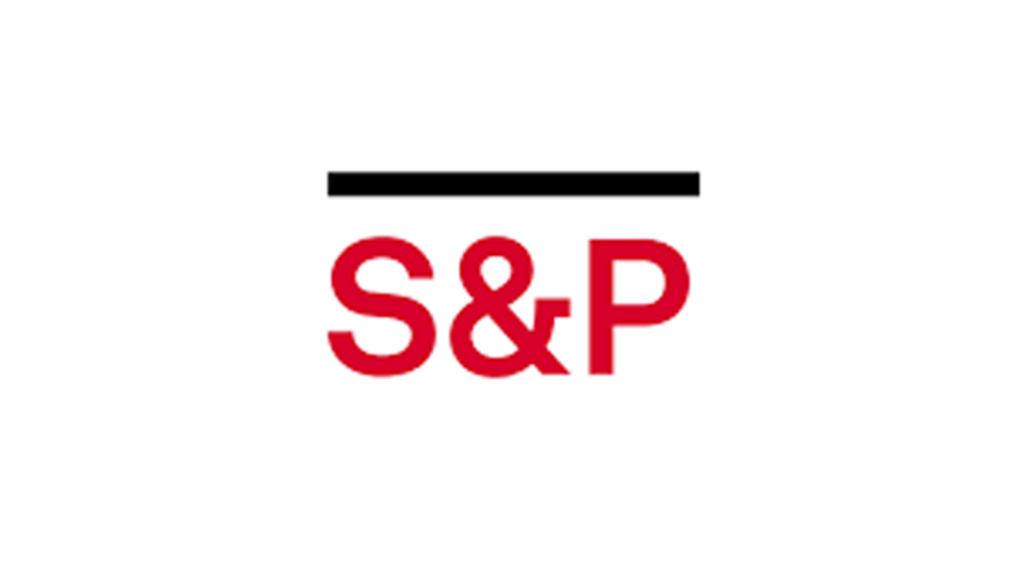


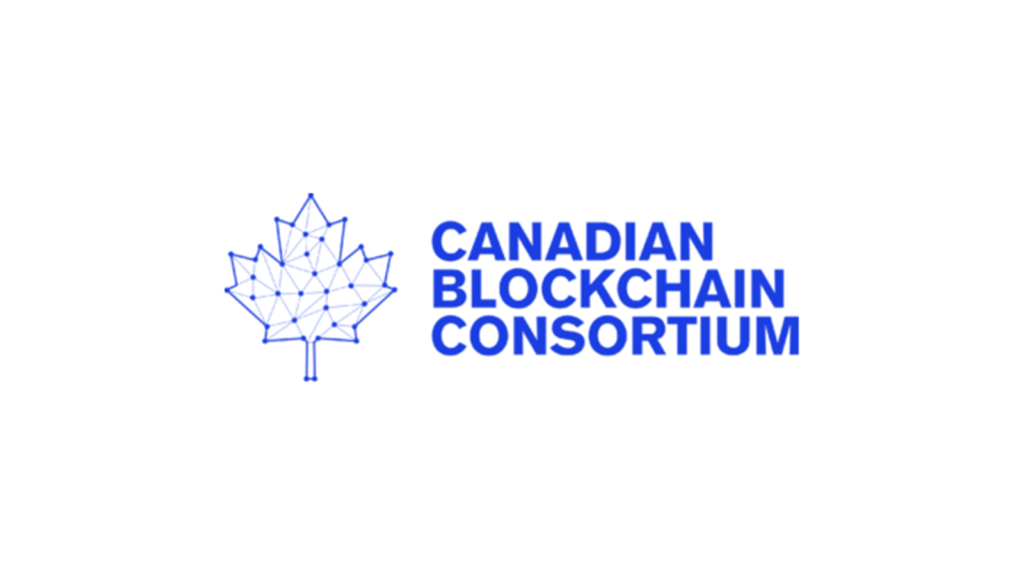
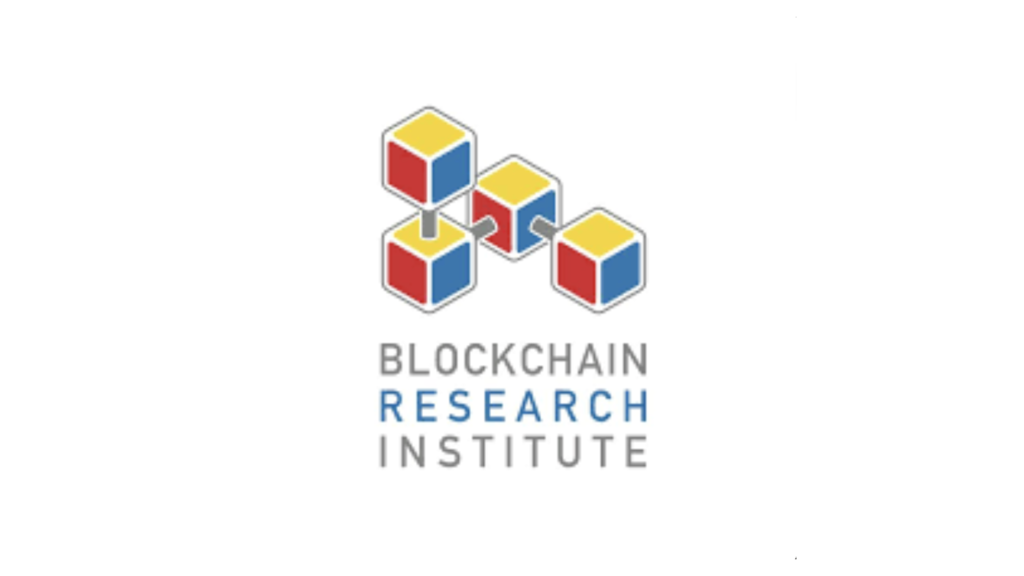
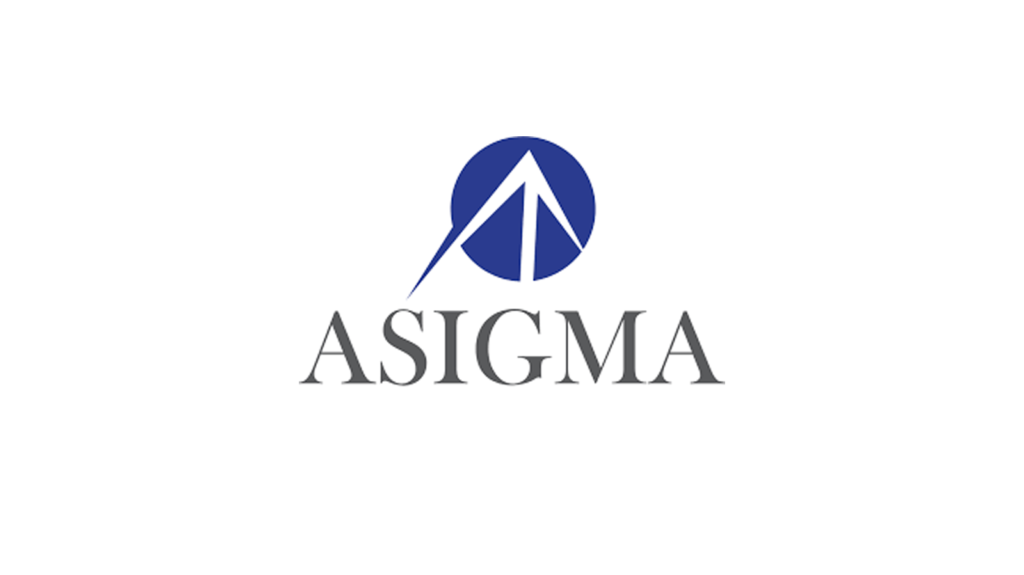


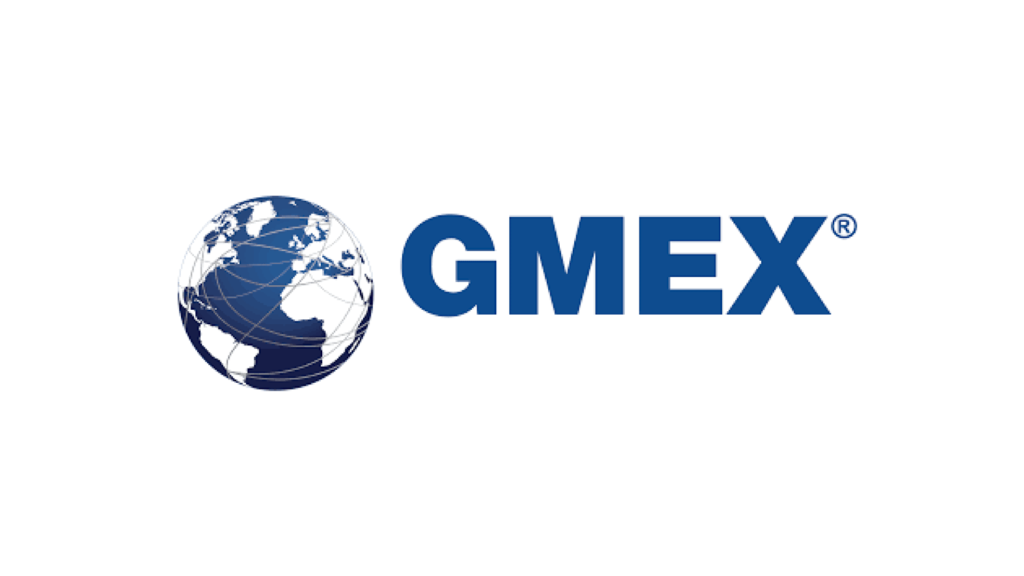
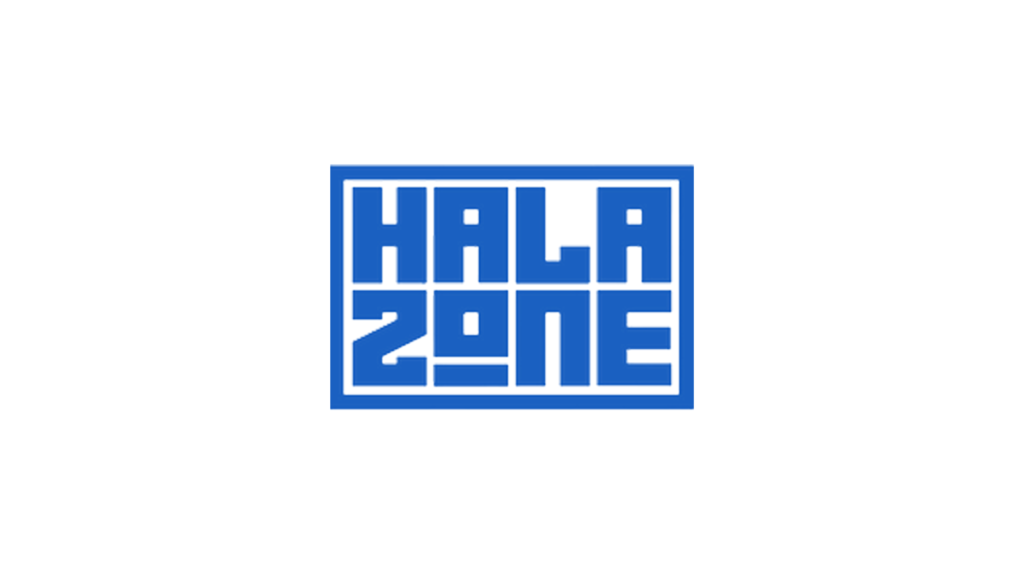
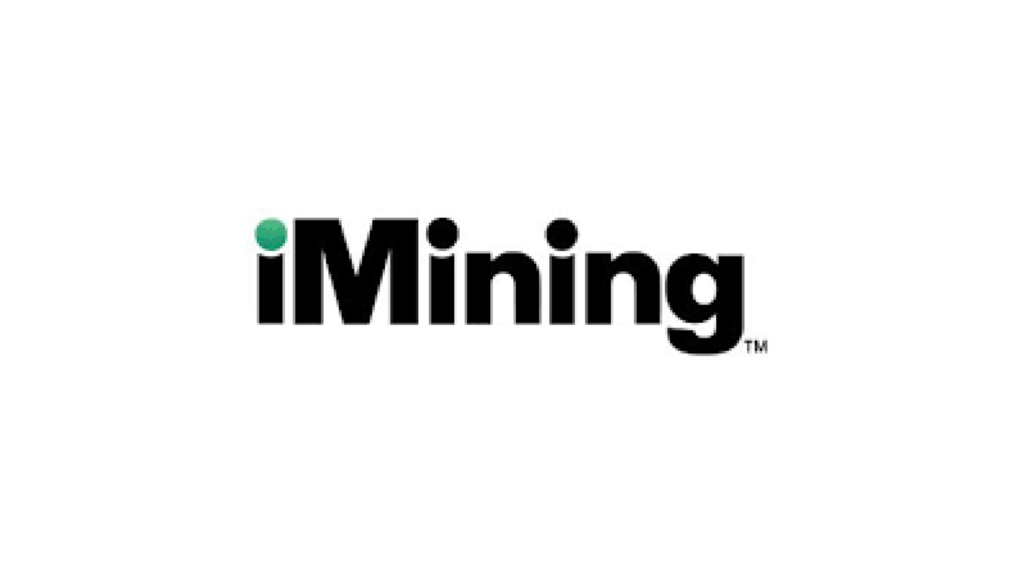

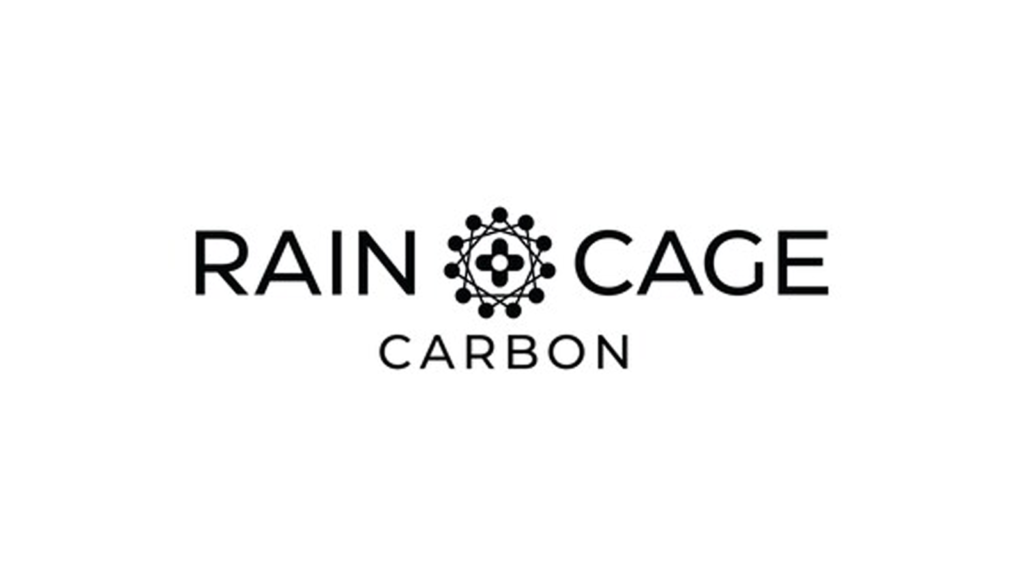
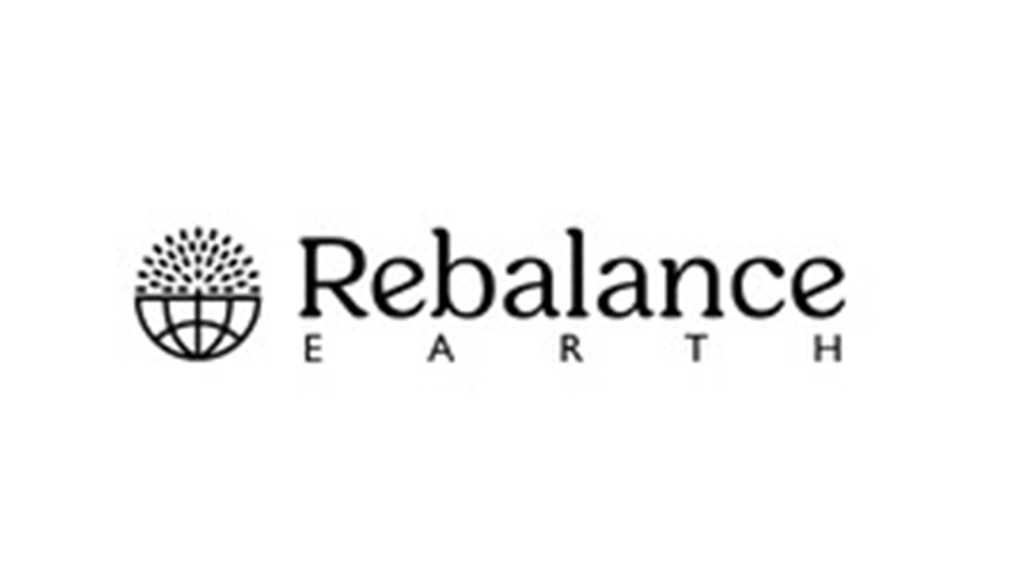

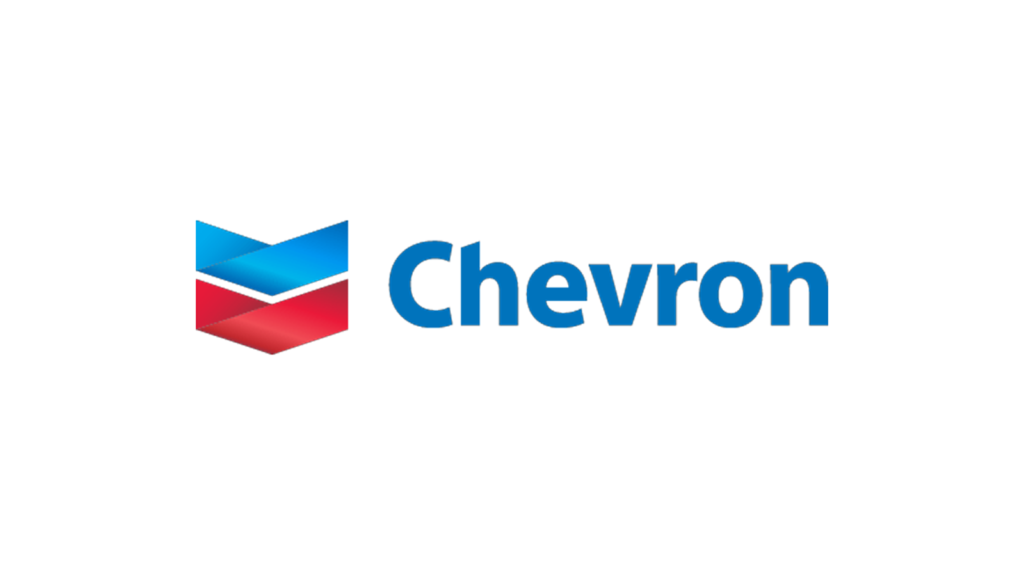
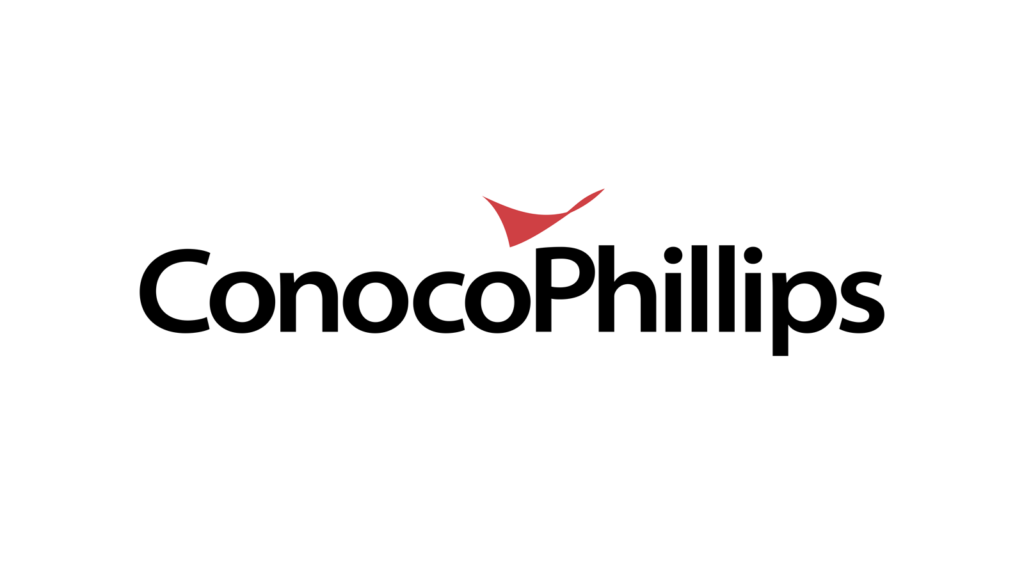
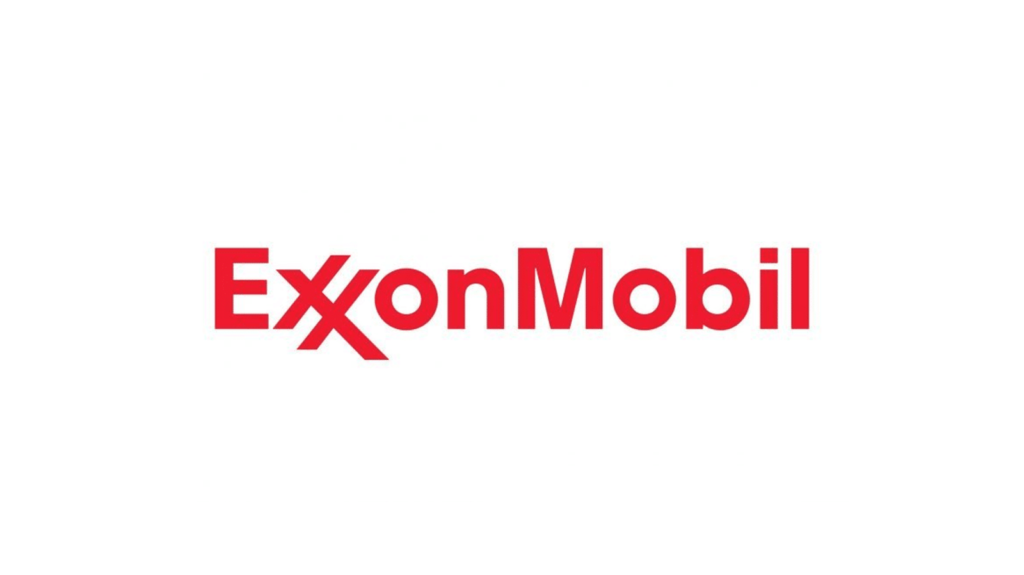
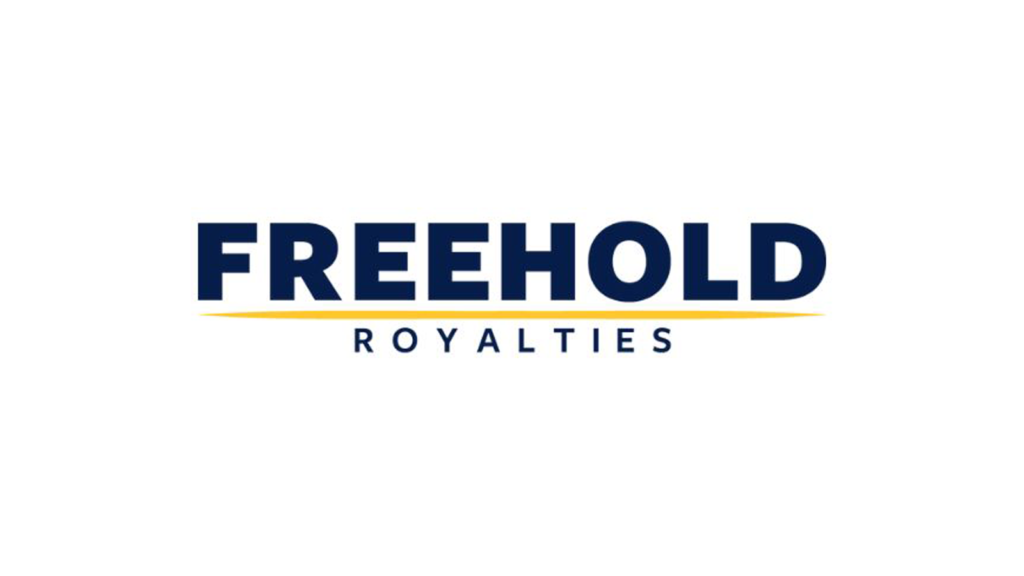

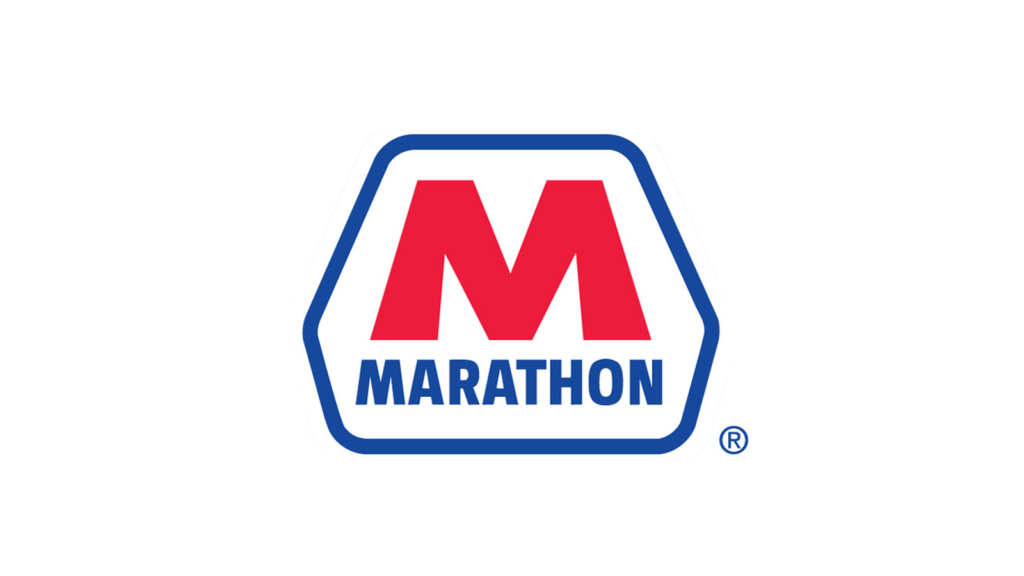
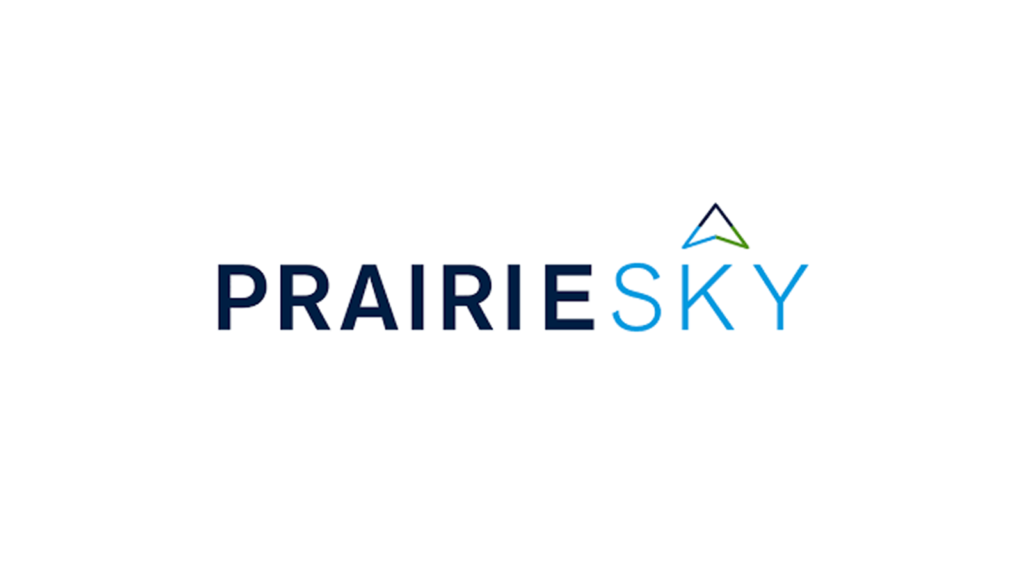
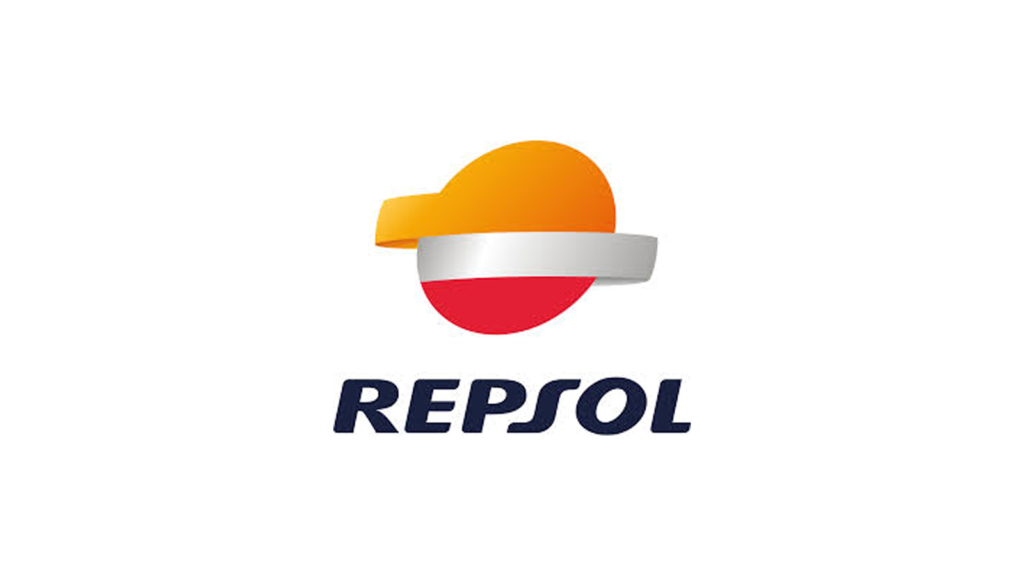

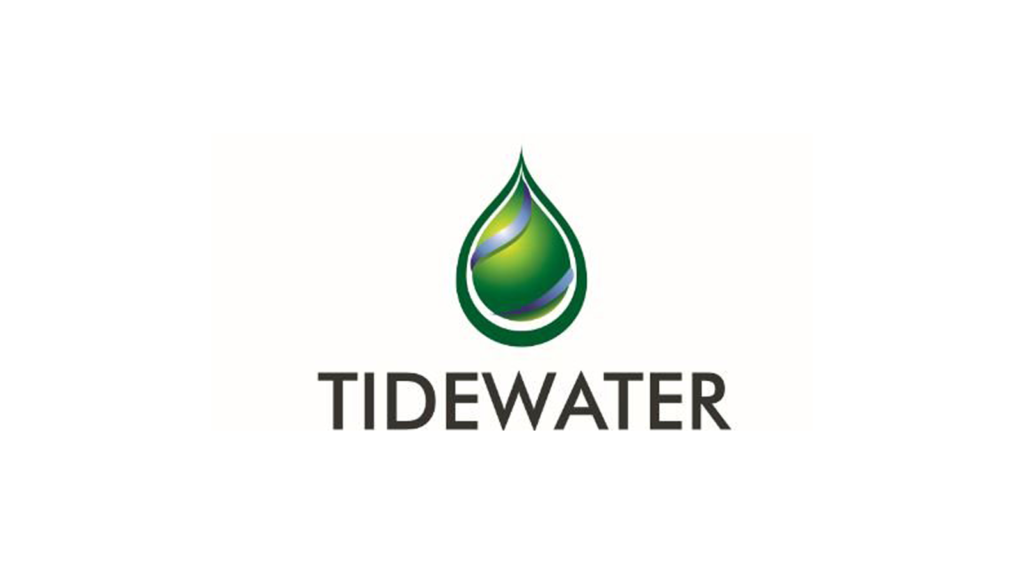
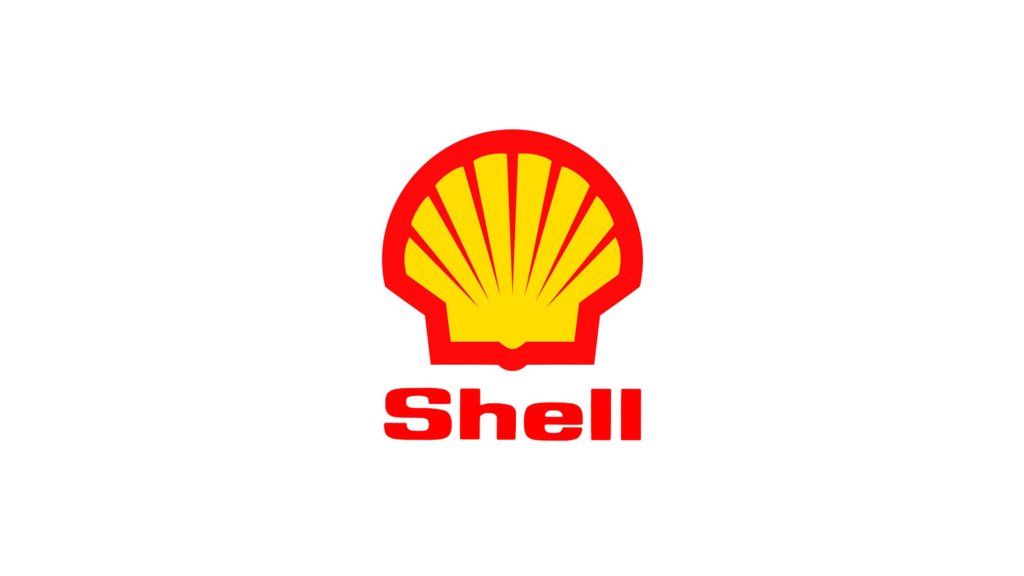

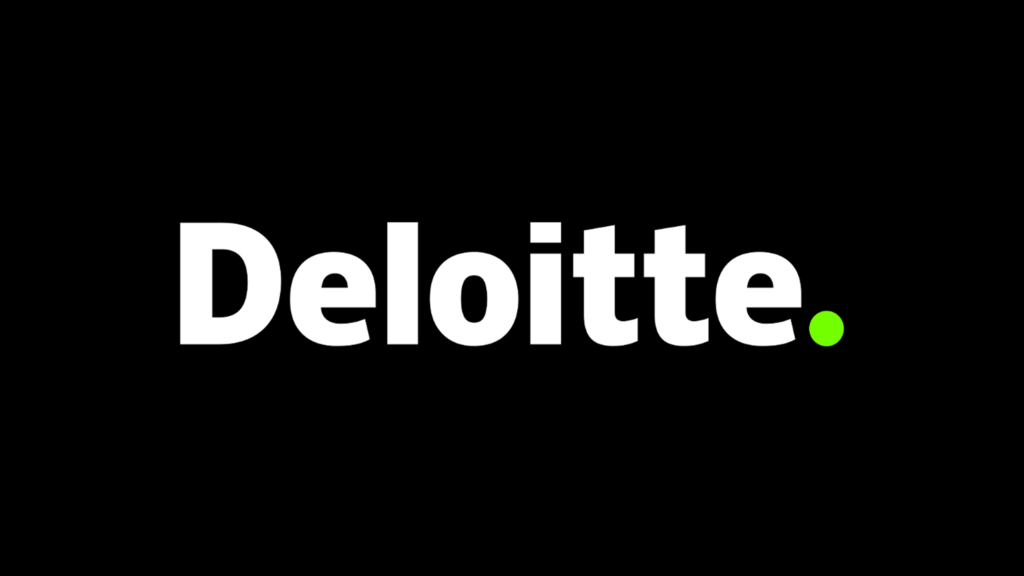





You must be logged in to post a comment.